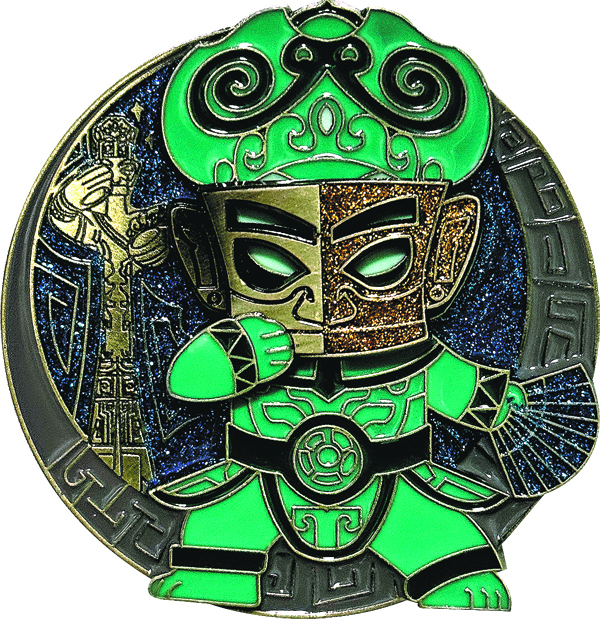

New wave emerges
Cultural licensing and cross-industry collaboration have been thriving in recent years, taking the cultural and creative industries into a new era, Dong said.
This new wave of cultural and creative products not only meets fashion demands but also highlights the significance of culture, and aligns well with the consumption preferences of the younger generation, Dong added.
Elsewhere in the city, the Shenyang Palace Museum — where the imperial complex of three emperors of the Qing Dynasty (1644-1911) was located — has launched ice creams, cakes and refrigerator magnets featuring historical architecture or cultural items. The goods have been in great demand.
At the Shenyang Museum, visitors have snapped up mugs bearing dragon motifs, scarves with floral patterns of Liao Dynasty (916-1125) vases, and refrigerator magnets shaped like the museum's dome.
Cultural and creative items sold by museums across the province raked in 69.68 million yuan in the first six months of this year, up 206.5 percent over the same period last year, local government data showed.
"Nowadays, many people are willing to visit museums, especially parents who are eager to take their children to museums to enrich their knowledge and broaden their horizons," said An Yiwen, who runs cultural tours in Shenyang.
"They also hope to bring home some unique items from the museums. From this perspective, there is still a lot of market potential for cultural and creative products," An said.
Museum bookings made via Meituan for the first two weeks of July — the start of the summer vacation — were 15 times the amount for the same period in June, the e-commerce platform said. Over the same comparison period, the number of users on the review app Dazhong Dianping discussing museums more than doubled.
China is home to more than 6,800 registered museums, which attract 1.29 billion visits a year, according to the National Cultural Heritage Administration.